Human zoos are one of Europe’s most shameful secrets, and only ended in the ’50s.
BY: BRITTANY ROSEN
Not too long ago, people from Belgium, France and many other countries came to visit humans, locked up in cages, exhibited in front of a large audience and thrown in with animals at their local zoo.
Many people, (200 to 300 thousand) would visit these minorities who were like animals. The number of people intrigued by these human zoos became exponential, as 18 million came to visit the World Fair in 1889, held in Paris. Four hundred Africans and Aboriginals were displayed in front of a large crowd of people, stripped down half-naked and thrown into cages.
Human zoos were quite popular, as many of them were found around Europe during the late 1800s to the mid 1900s. However, they weren’t the only continent that liked to expose humans in this way. North America, specifically the U.S., had their fair share of human zoos; however they stepped up their game from the Europeans.
In the early 1900s, the Bronx Zoo had an exclusive exhibit with a Congolese female named Ota Benga. Benga was thrown into cages with other animals, forced to carry apes and even wrestled with an orangutang. When he wasn’t with the animals, she would weave twine and shoot things with a bow and arrow.
BY: BRITTANY ROSEN
Not too long ago, people from Belgium, France and many other countries came to visit humans, locked up in cages, exhibited in front of a large audience and thrown in with animals at their local zoo.
Many people, (200 to 300 thousand) would visit these minorities who were like animals. The number of people intrigued by these human zoos became exponential, as 18 million came to visit the World Fair in 1889, held in Paris. Four hundred Africans and Aboriginals were displayed in front of a large crowd of people, stripped down half-naked and thrown into cages.
Human zoos were quite popular, as many of them were found around Europe during the late 1800s to the mid 1900s. However, they weren’t the only continent that liked to expose humans in this way. North America, specifically the U.S., had their fair share of human zoos; however they stepped up their game from the Europeans.
In the early 1900s, the Bronx Zoo had an exclusive exhibit with a Congolese female named Ota Benga. Benga was thrown into cages with other animals, forced to carry apes and even wrestled with an orangutang. When he wasn’t with the animals, she would weave twine and shoot things with a bow and arrow.
A Congolese pygmy named Ota Benga was on display at the Bronx Zoo in New York City in 1906. He was forced to carry around chimpanzees and other apes.
There was significant controversy from black clergymen about how Benga was treated as well as the rest of the Africans in the zoo. However, the New York Times reported at the time, “few expressed audible objection to the sight of a human being in a cage with monkeys as companions.”
Although people didn’t strongly oppose the human zoos in the 1900s, today, the public is flabbergasted that any person in their right mind could take part in such horrifying racism. A human exhibit was replicated in London with black actors who were chained up, which was shut down shortly after opening by anti-racism protestors.
Luckily, human zoos started to wear off in Europe after the Second World War. Ironically, Adolf Hitler was the one to ban them. The last human exhibition was held in Belgium circa 1958.
There was significant controversy from black clergymen about how Benga was treated as well as the rest of the Africans in the zoo. However, the New York Times reported at the time, “few expressed audible objection to the sight of a human being in a cage with monkeys as companions.”
Although people didn’t strongly oppose the human zoos in the 1900s, today, the public is flabbergasted that any person in their right mind could take part in such horrifying racism. A human exhibit was replicated in London with black actors who were chained up, which was shut down shortly after opening by anti-racism protestors.
Luckily, human zoos started to wear off in Europe after the Second World War. Ironically, Adolf Hitler was the one to ban them. The last human exhibition was held in Belgium circa 1958.
In Brussels, Belgium, the hosted “Peoples Shows” where this young Black girl is fed by the white spectators
Unfortunately, human zoos are yet another uncomfortable example of the world’s flawed past of racism and what’s worse is they happen to be a part of our recent history. Racism has come a long way since the 1800s, but it still occurs today. These wildly flawed incidents of the past are horrific, but should not be forgotten. Along with paying homage to those who suffered, acknowledging these acute examples of racism in our past often reflects the issues of today that will undoubtably shock and appal generations to come.
Unfortunately, human zoos are yet another uncomfortable example of the world’s flawed past of racism and what’s worse is they happen to be a part of our recent history. Racism has come a long way since the 1800s, but it still occurs today. These wildly flawed incidents of the past are horrific, but should not be forgotten. Along with paying homage to those who suffered, acknowledging these acute examples of racism in our past often reflects the issues of today that will undoubtably shock and appal generations to come.
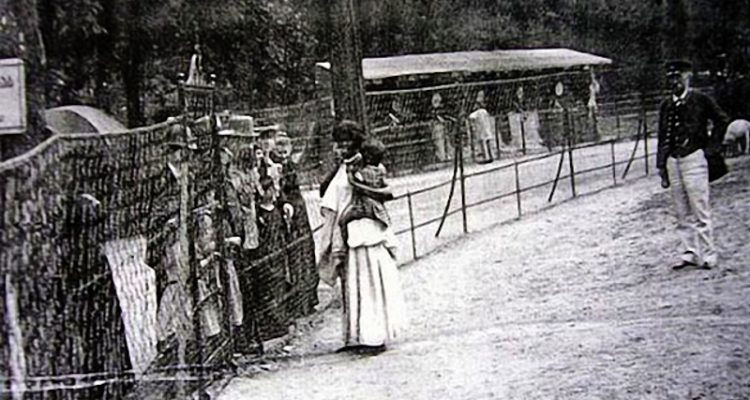



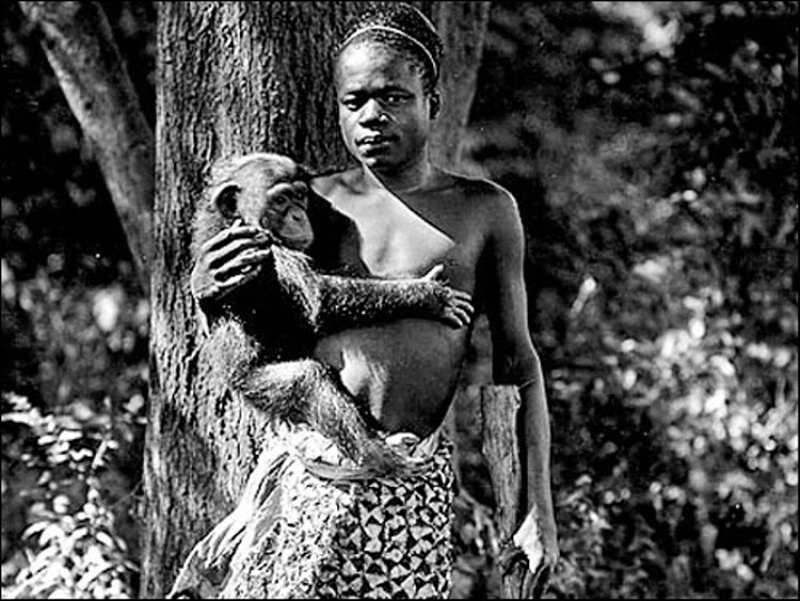



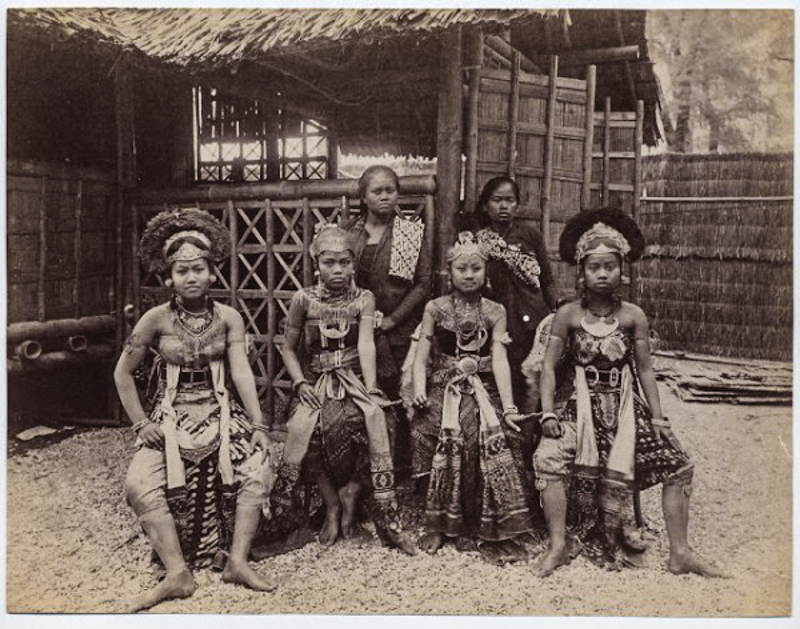

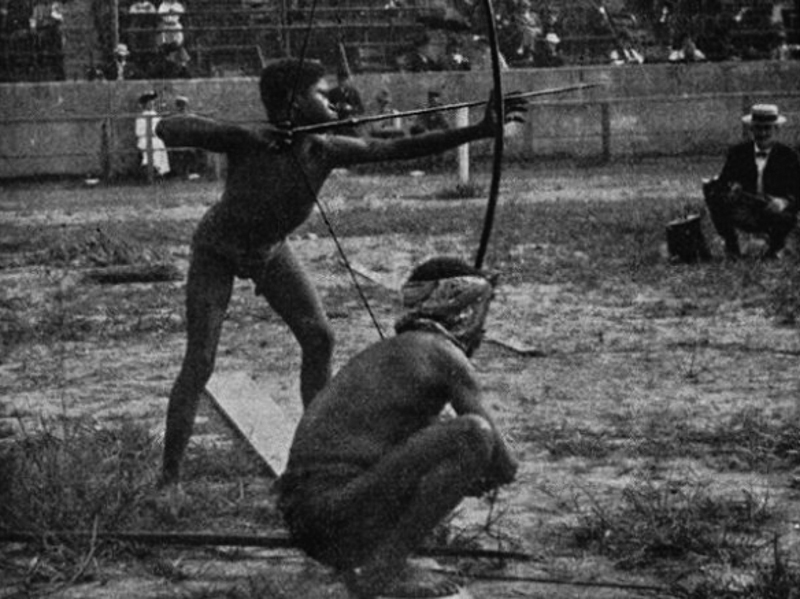

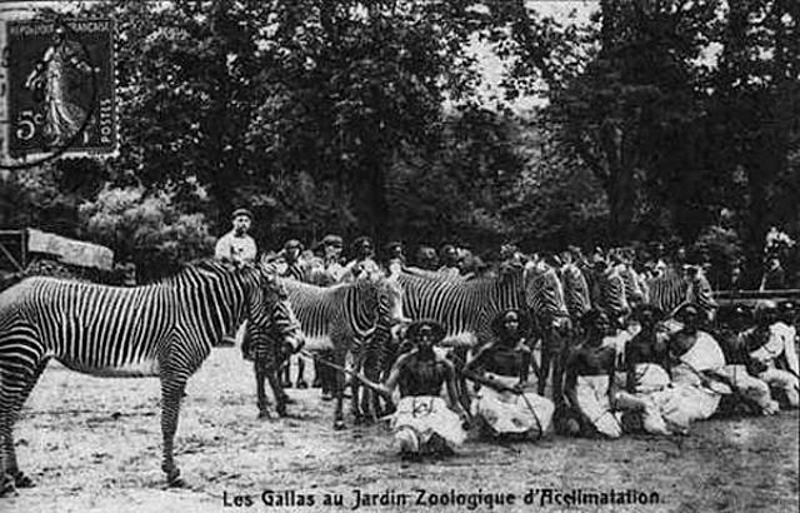

No comments:
Post a Comment